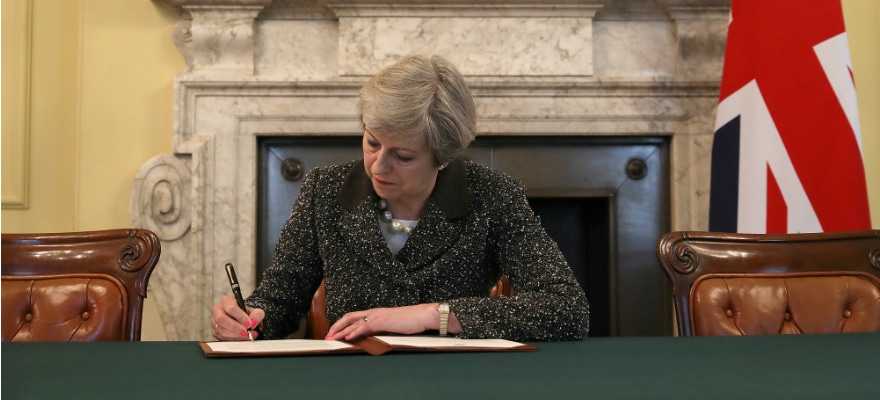After years of speculation surrounding the UK’s hypothetical exit from the European Union, Theresa May finally put the issue to rest, formally triggering Article 50 today, ushering in the country’s formal schism with the rest of the continent.
Article 50 outlines the country’s options for withdrawing from the EU, which can be accomplished via its own constitutional requirements. The Article itself was installed back in 2009 under the Lisbon Treaty in a bid to make the EU more democratic for its constituents.
Today’s action puts the UK on a two-year path that will leave it on the outside of the EU looking in, a reality not all of the population has readily embraced. Prime Minister Theresa May has called on all British people to unite in light of the process, which arguably is one of the most significant decisions the country has made in the past few decades.
One of the saddest days in the last 200 years of British political history; one of the greatest acts of self-harm. Heartbreaking. pic.twitter.com/GxUk1qnvUm
— Alain de Botton (@alaindebotton) March 28, 2017
The decision represents the conclusion to last June’s referendum, the result of which surprised not only many in the UK but the rest of Europe, sending populist shockwaves through the continent that ultimately spread across the Atlantic.
With the Brexit process formally beginning, the onus will be on lenders in the UK to decide on a contingency plan should they wish to relocate to within the EU sphere of influence. To date, Dublin, Frankfurt, and Amsterdam have emerged as the most viable options, with some banks deciding to offshore portions of their operations to Asia instead.

















